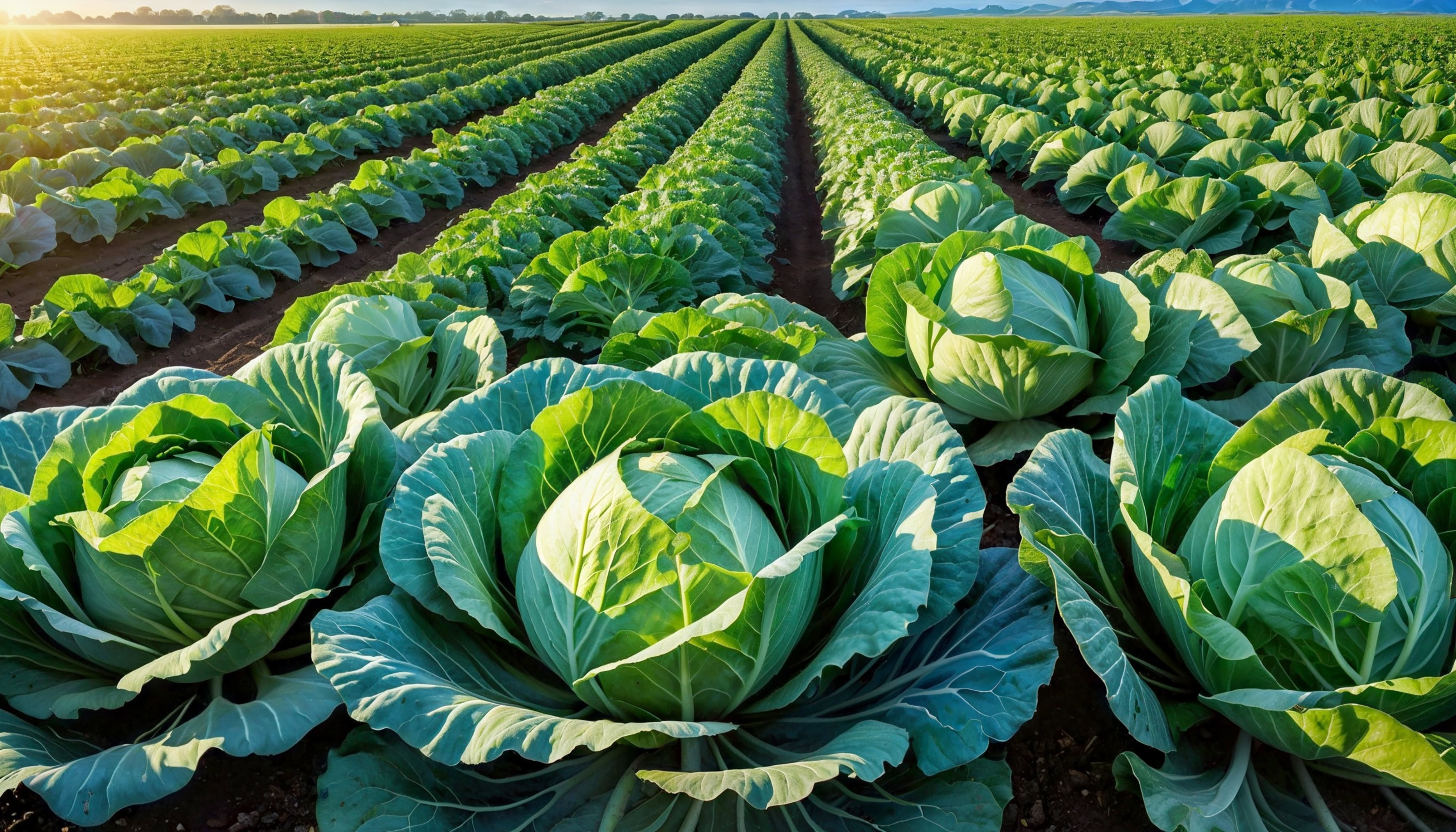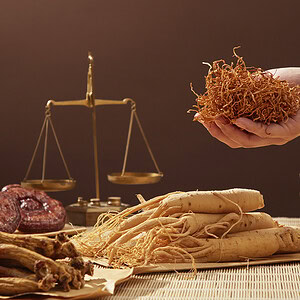Cabbage is hated by children and adults alike in the UK, but there are plenty of ways to turn this detestable vegetable into a genuinely pleasant dish.
This article was originally published in print in the Summer 2018 issue of Optimum Nutrition.
Today’s modern brassicas such as cabbage, kale, kohlrabi and sprouts might taste and look different, but they are all descended from the same ancestor: wild cabbage (Brassica oleracea).
These cousins are some of the most nutritious vegetables that can grace our plate, although it can be hard to get children to eat them!
Interestingly, however, not all brassicas are universally detested: in the Japanese version of the Pixar film Inside Out, broccoli (food hell for the American child protagonist) was swapped for red peppers.
Apparently Japanese children love broccoli but dislike red peppers, which many European children like because of the sweet taste.
Budget-wise, cabbages are one of the cheapest vegetables to buy and are more versatile than many of us may think, making them a good addition to any shopping basket.
However, cabbages are probably still suffering bad PR from school dinner days, and from what was possibly its worst outing — as the star of the cabbage soup diet trend, in which slimmers would eat unlimited cabbage soup for seven days in a bid to shift unwanted weight.
It may be an effective way of shifting excess pounds quickly but must also be a joyless experience, especially when cabbage can be eaten in many ways.
Not only are cabbages high in fibre — a nutrient that is commonly deficient in the western diet — but are also rich in vitamins C, K, and folate.
It is also thought that sulforaphane, a compound that gives cabbages their bitter taste, may be protective against cancer.
It is often the smell of cooking cabbage that puts many people off, but this is actually caused by overcooking.
Keep cooking time to a minimum to avoid filling the kitchen with cabbage fumes — boiling cabbages to death not only causes them to lose some of their vitamin content but can make the finished product very unappealing!
Cabbage stalks also contain a fibre found in plant stems called lignin — which is all the reason why not to throw the stalks away.
Using a speed peeler, stalks can be sliced thinly and added to stir fries, coleslaws or salads.
Pickled cabbage in the form of kimchi, which is popular in Korea, or fermented cabbage in the form of sauerkraut, which is popular in continental Europe, have become increasingly popular in the UK. The added bonus to that is that they help to boost good bacteria in the gut.

Here are some suggestions from the Institute for Optimum Nutrition on how to turn cabbages into something wonderful:
- Thinly slice red cabbage with carrot, apple and celery, and dress with cider vinegar and olive oil
- Gently steam savoy cabbage leaves to use as wraps for your filling of choice
- Dress simple steamed green cabbage with caraway seeds and olive oil
- Braise half a cabbage and serve with toasted hazelnuts and a drizzle of olive oil or avocado oil
- Cook green cabbage with spring greens in a little water and serve with butter and black pepper
- To make a coleslaw, use red and white cabbage, some carrot and beetroot too. Thinly slice or grate the vegetables, then mix with olive oil and lemon juice, and sprinkle with sesame seeds
- Quarter and core a large savoy cabbage before slicing the leaves into 1cm wide strips. Lightly sauté ½ cm cubes of good quality chorizo (half a ring should do) and thin slices of garlic (one or two cloves) for 5 minutes before adding the cabbage for a further 5 minutes. Optionally, stir in a large handful of chopped fresh coriander before serving.
Here are some cabbage recipes from the ION website that you may enjoy:
- Red cabbage and beetroot salad: recipe
- Chicken broth pho and kimchi: recipe
- Ayurvedic Jewish penicillin: recipe
- Sauerkraut: recipe
- Bubble and squeak: recipe
- Crispy Thai salad: recipe
Enjoyed this article?
Read this article about mackerel
For articles and recipes subscribe to the Optimum Nutrition newsletter
Discover our courses in nutrition






